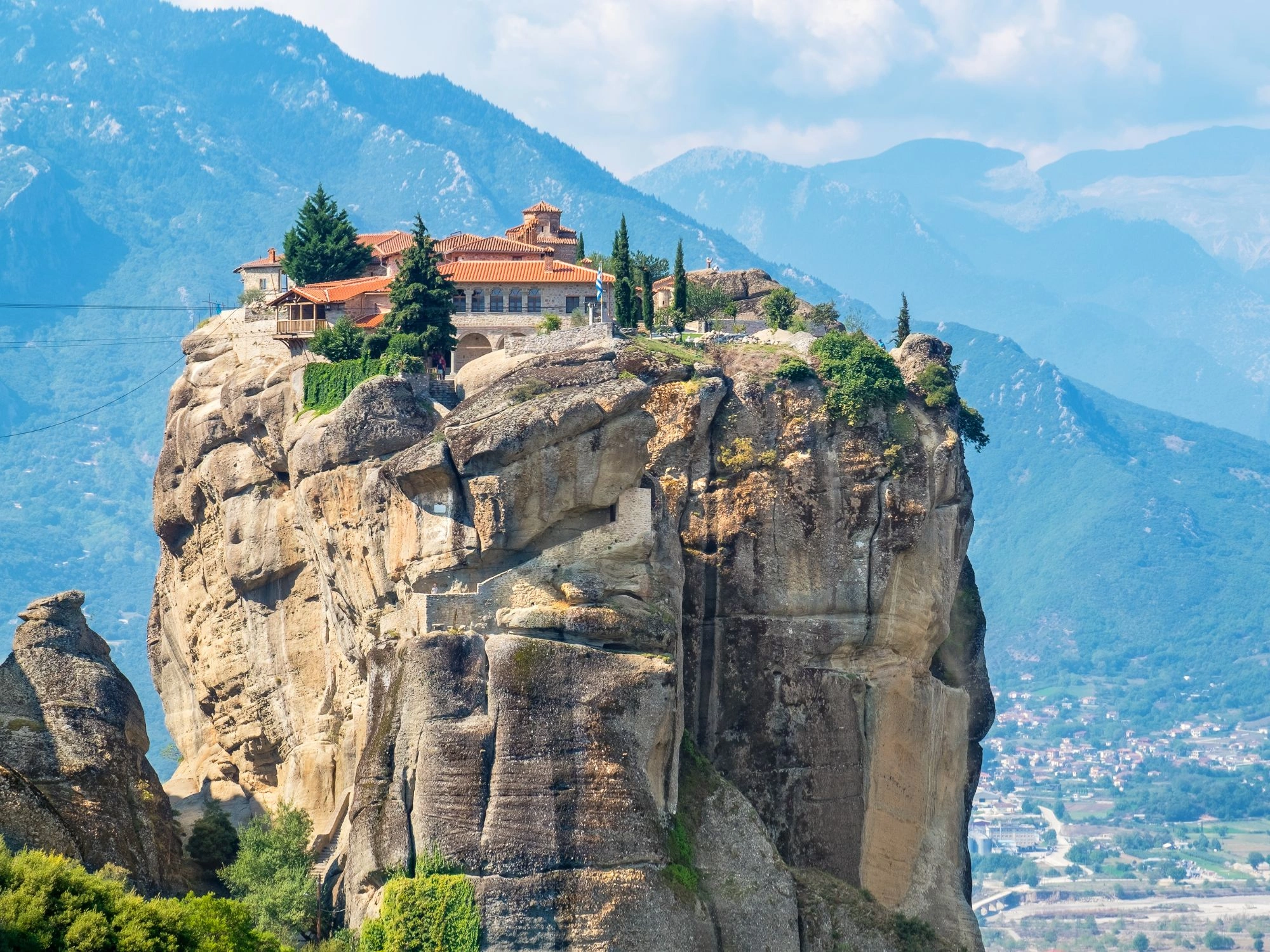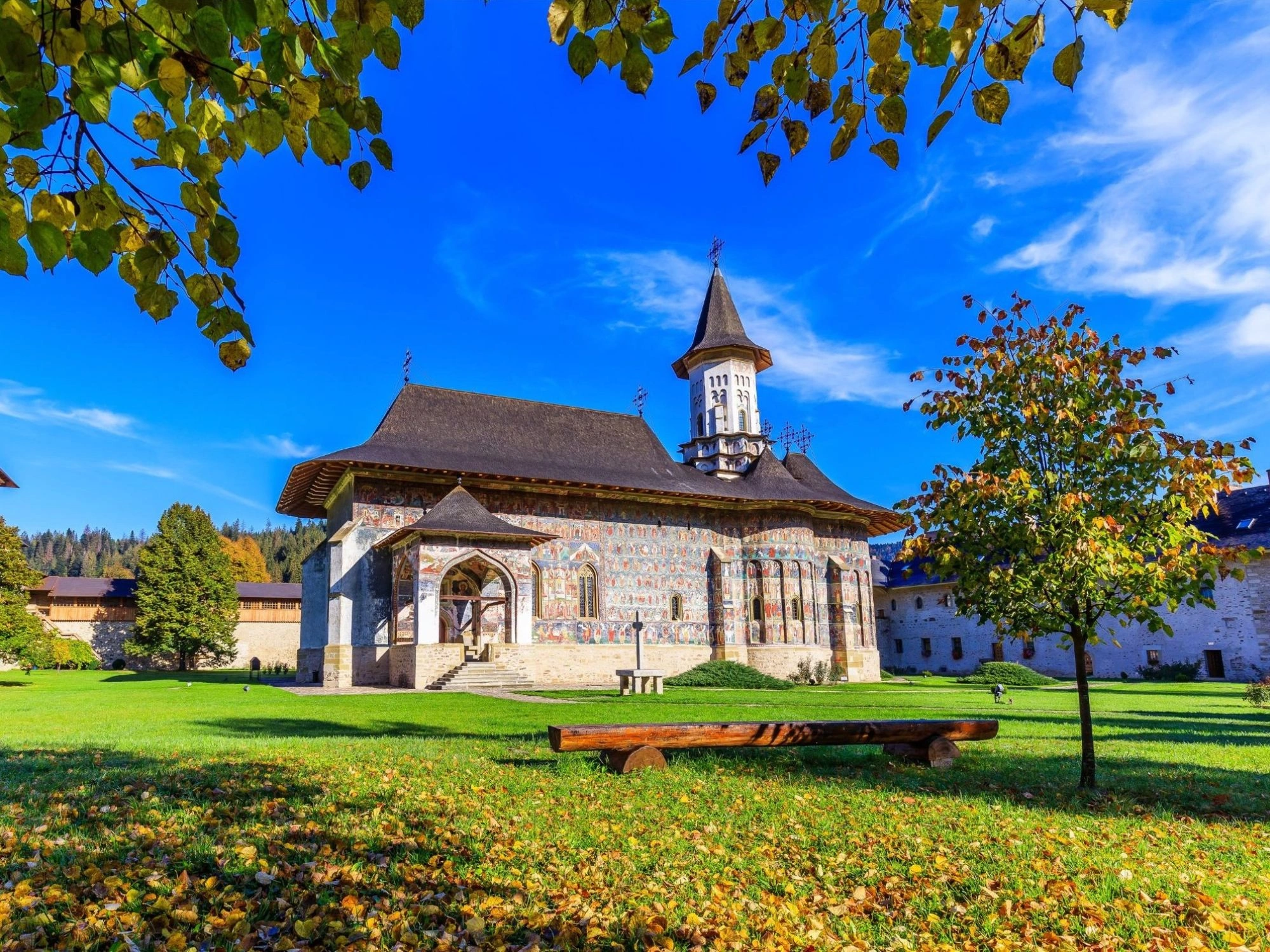The Carpathian Mountains of Romania: Where Nature Meets Culture
.webp)
The Carpathian Mountains of Romania: Where Nature Meets Culture
Step into a realm where mist curls around rugged peaks, shepherd flutes echo across alpine meadows, and medieval castles rise from the valleys below. The Carpathian Mountains are not only Romania’s spine of stone and forest—they are also the cradle of its myths, traditions, and enduring rural life. For travelers seeking more than a landscape, the Carpathians offer a tapestry where nature and culture are seamlessly interwoven.
The Grandeur of the Mountains
Stretching in a great arc across central and northern Romania, the Carpathians are wild, varied, and breathtaking. The Bucegi range towers over medieval Brașov with sheer cliffs and mysterious rock formations like the Sphinx and Babele. Piatra Craiului offers razor-sharp ridges beloved by experienced hikers, while Apuseni’s rolling karst plateaus hide caves and underground rivers. In Maramureș, mountains soften into green hills scattered with wooden churches and haystacks.
For the culture-minded traveler, hiking here is not just about reaching a summit. Trails often link centuries-old villages where life still follows rhythms of shepherding and harvest. You can spend the morning walking under beech and fir forests, and by afternoon share cheese and plum brandy with locals who embody Romania’s legendary hospitality.
Traveler Tip: The best hiking season runs from late May to September. Early autumn is particularly magical, when forests turn shades of gold and crimson, and mountain festivals celebrate the harvest.
Wildlife: Europe’s Last Great Wilderness
The Carpathians shelter one of Europe’s largest populations of brown bears, wolves, and lynx. It is not unusual to see claw marks on tree trunks or hear stories of bears wandering near villages at dusk. For bird enthusiasts, the region is alive with golden eagles, owls, and woodpeckers, while meadows explode with wildflowers in spring.
Romania has become a focal point for conservation and eco-tourism. Guided wildlife tracking tours, especially in the Piatra Craiului and Făgăraș ranges, offer safe ways to glimpse the elusive animals. Rather than diminishing the sense of mystery, the knowledge that predators roam these forests deepens the Carpathians’ aura of untamed wilderness.
Traveler Tip: Never hike alone in remote forests. Local guides not only know safe routes but also bring the landscape alive with folklore and natural insight.
History Carved in Stone and Wood
The Carpathians have long been a frontier between empires—Roman, Ottoman, Habsburg, and Soviet—and the mountains themselves often acted as walls and gates. This layered past has left behind an extraordinary cultural heritage.
- Castles and Fortresses: Bran Castle, forever tied to the Dracula legend, clings dramatically to a rocky cliff. Râșnov Fortress, built to protect villagers from invasions, still gazes over Brașov’s valley. Farther south in Sinaia, Peleș Castle dazzles with its Neo-Renaissance elegance and royal grandeur.
- Medieval Towns: Towns like Sighișoara and Sibiu, once Saxon strongholds, are perfectly preserved jewels with cobbled streets, watchtowers, and painted houses. Sighișoara in particular feels frozen in time—a citadel where history lingers in every alley.
- Wooden Churches and Painted Monasteries: In Maramureș, towering wooden churches with shingled spires testify to centuries of craftsmanship and faith. In Bucovina, the painted monasteries of Voroneț and Moldovița astonish with vibrant frescoes that have endured since the 15th century.
For the traveler, history in the Carpathians is never locked in museums—it lives in daily rituals, seasonal festivals, and oral legends passed from one generation to the next.
Folklore and the Soul of the Mountains
To speak of the Carpathians is to step into a world of stories. Here, wolves are protectors, mountains are home to spirits, and forests whisper secrets to those who listen.
The Dracula legend may draw international curiosity, but Romanian folklore is far richer and older. Shepherd songs recount love and longing; carved masks ward off evil during winter festivals; villagers still gather for “hora” dances in village squares. Each region adds its flavor: Maramureș with its joyous wooden gates and harvest rituals; Transylvania with its Saxon and Hungarian layers; and Bucovina with artistry painted on monastery walls and Easter eggs alike.
Joining locals for a simple meal—mămăligă (polenta), smoked cheeses, slow-cooked stews—offers insight into a culture that prizes community as much as it does heritage.
Traveler Tip: Plan your visit to coincide with a local festival, such as the autumn sheep-gathering in the mountains, or winter celebrations where carolers wear fantastical masks. These events reveal Romania at its most vibrant.
A Meeting Point of Nature and Culture
What makes the Carpathians unique is how seamlessly nature and culture intertwine. Shepherd trails become hiking paths. Monasteries rise not in cities but hidden in valleys surrounded by forest. Villages thrive on mountain slopes, where hay meadows are still cut by hand and horse-drawn carts are part of daily life.
Walking here feels less like being a tourist and more like entering a living story. A ridge may lead you to a shepherd’s hut, where a meal of fresh cheese and bread awaits. A valley trail might end at a wooden monastery whose walls glow with centuries-old frescoes. Even the markets of Brașov or Sibiu echo mountain life, filled with honey, wild berries, and woven crafts that carry the spirit of the highlands.
Practical Notes for Travelers
- Best Bases: Brașov and Sibiu are perfect gateways for cultural travelers who want city charm plus easy mountain access. Maramureș and Bucovina are more remote but reward visitors with authentic village traditions.
- Getting Around: Car rentals and guided tours provide flexibility. Mountain roads can be winding and slow—plan with patience.
- Accommodation: From rustic homestays in villages like Sibiel to elegant pensions in Bucovina, lodging often reflects local character. Staying with families adds warmth and authentic cultural encounters.
- Food & Drink: Don’t miss ciorbă (sour soups), local cheeses, and pălincă (strong fruit brandy). Meals are often hearty and homemade, echoing the land’s generosity.
Why the Carpathians Call
For the hiker, the Carpathians promise endless trails through forests, cliffs, and flower-filled meadows. For the culture lover, they reveal living traditions, painted monasteries, and stories that linger in castles and citadels. For those who seek both, the mountains embody the essence of Romania: a land where past and present, myth and reality, nature and humanity all converge.
As the sun dips behind the peaks and church bells echo from valley to valley, one feels not only the beauty of the Carpathians but also their soul.
A Gentle Invitation
Traveling through the Carpathians is more than a holiday—it is a journey into Romania’s living heart. Here, every path leads to a story, every village shares its song, and every mountain reminds us of Europe’s wild, untamed spirit.
If this blend of culture and nature speaks to you, our carefully crafted tours across Romania bring these experiences to life—connecting travelers with the landscapes, traditions, and people that make the Carpathians unforgettable.





.webp)




